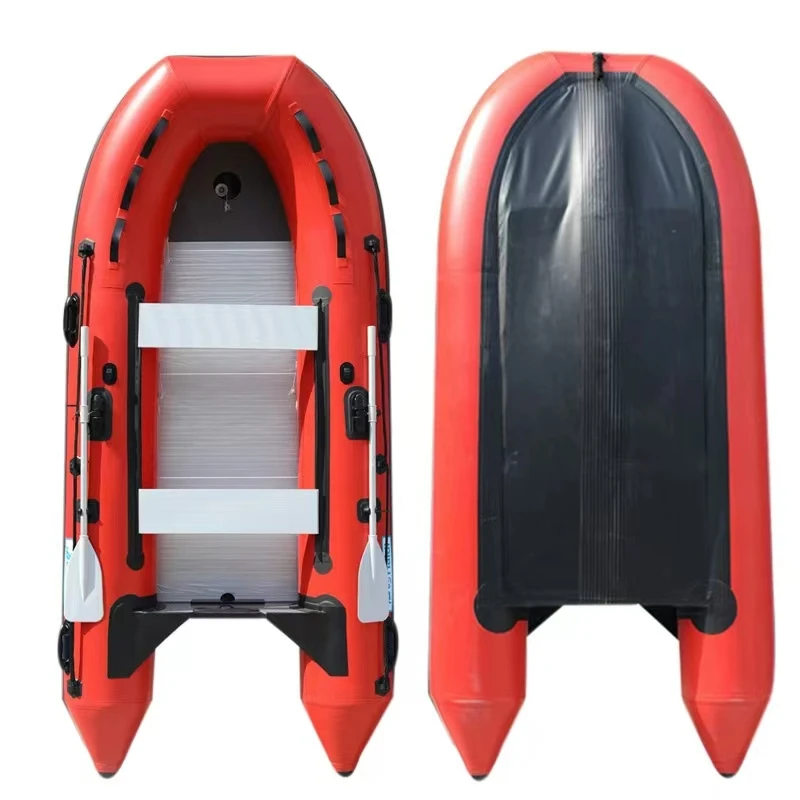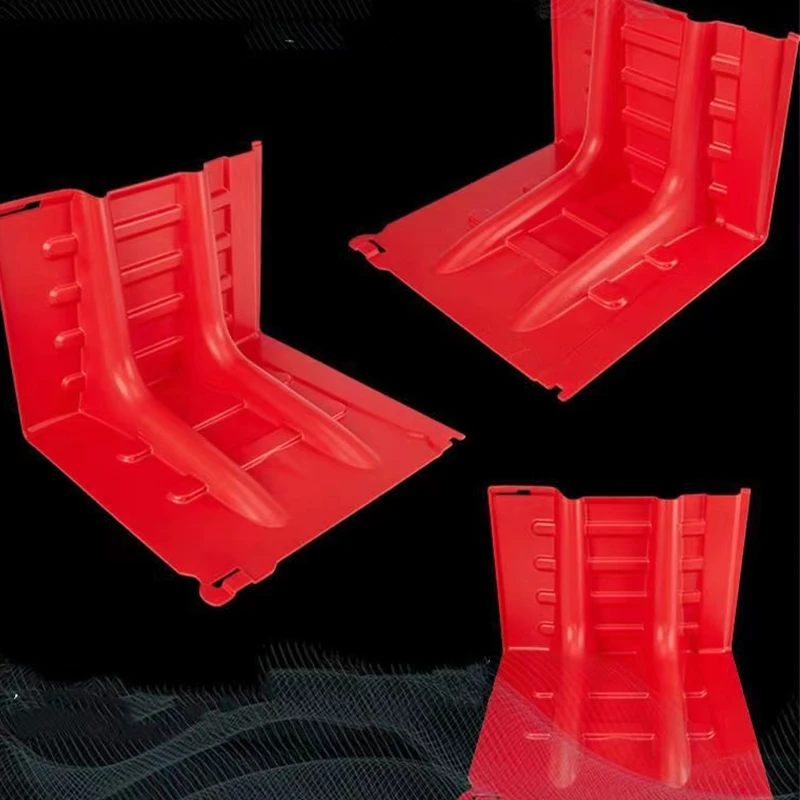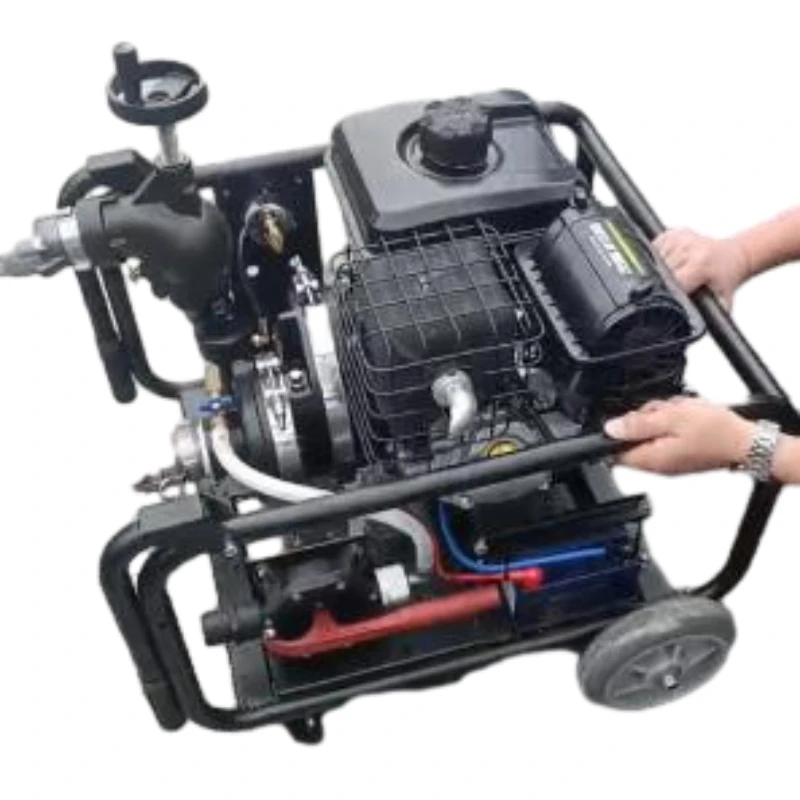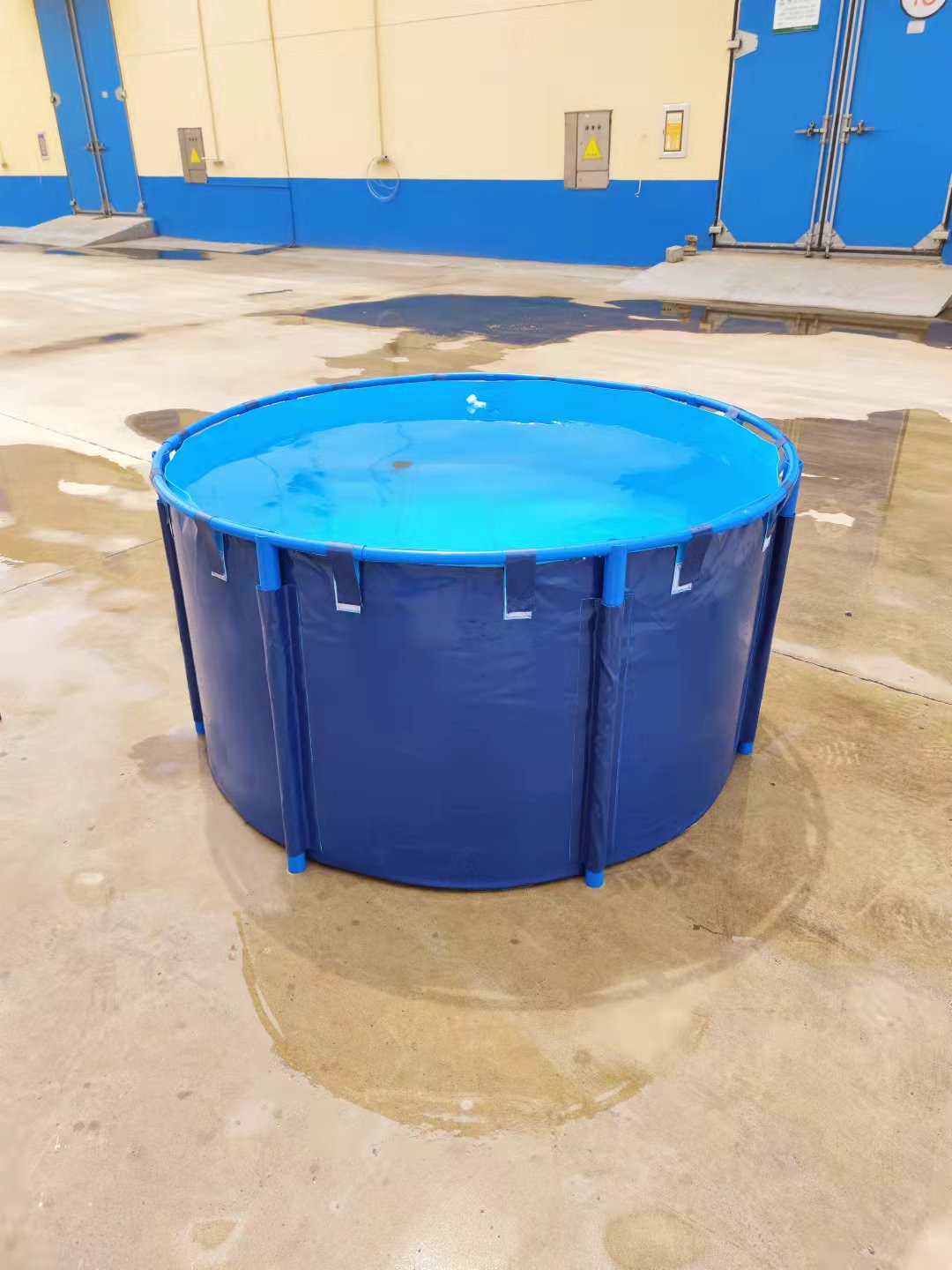Introduction to Advanced Flood Control Solutions
In an era marked by increasing climatic volatility and the escalating threat of severe weather events, robust and reliable flood control infrastructure is paramount for safeguarding critical assets, infrastructure, and human lives. The imperative for advanced flood mitigation strategies has never been more pronounced, driving innovation in engineering and material science. Among the most critical advancements is the Combined Flood Control Board, an integrated solution designed for rapid deployment and superior protection in diverse high-risk environments.
This sophisticated system represents a significant leap forward from conventional sandbags or temporary barriers, offering enhanced durability, operational efficiency, and long-term cost-effectiveness. Engineered for resilience, the Combined Flood Control Board integrates cutting-edge materials and modular design principles to deliver a highly effective barrier against inundation. Its application spans critical infrastructure protection, industrial facility safeguarding, and urban flood defense, ensuring business continuity and environmental integrity in the face of climatic challenges. This article delves into the technical intricacies, application versatility, and strategic advantages of this essential flood control technology.

Industry Trends in Flood Control Technology
The global flood control industry is currently undergoing a transformative phase, driven by several key trends. Firstly, there is a distinct shift towards proactive and preventative measures rather than purely reactive responses. This involves integrating real-time hydrological data with predictive modeling to deploy flood barriers strategically before an event escalates. Secondly, the demand for modular and rapidly deployable systems is increasing, necessitated by the unpredictability and sudden onset of flash floods. Solutions like the Combined Flood Control Board, which can be quickly assembled and disassembled, offer significant operational advantages.
A third critical trend is the emphasis on sustainability and environmental impact reduction. Manufacturers are increasingly utilizing recycled or recyclable materials and designing systems with extended service lives to minimize waste. Furthermore, the integration of IoT (Internet of Things) for monitoring water levels and barrier integrity, along with AI-driven decision support systems, is becoming standard practice. Finally, the industry is witnessing a move towards hybrid solutions that combine traditional civil engineering with advanced portable barriers, creating a multi-layered defense strategy tailored to specific topographical and hydrological conditions. These trends underscore the necessity for highly adaptable, durable, and intelligent flood control technologies.
Manufacturing Process Flow of the Combined Flood Control Board
The production of the Combined Flood Control Board involves a meticulous, multi-stage process to ensure optimal performance, durability, and reliability. This high-precision manufacturing approach combines advanced material science with sophisticated engineering techniques:
- Material Sourcing and Preparation: High-grade, corrosion-resistant aluminum alloys (e.g., 6061-T6 for structural components) and specialized UV-stabilized EPDM/Neoprene rubber seals are rigorously selected. These materials offer exceptional strength-to-weight ratios and resilience against harsh environmental conditions, including prolonged exposure to water, chemicals, and extreme temperatures. Steel components, where used, undergo hot-dip galvanization or powder coating for enhanced corrosion resistance.
- Precision Extrusion and Shaping (Aluminum): Aluminum profiles are extruded to precise specifications, ensuring the interlocking mechanisms and structural integrity of each board segment. This process involves heating aluminum billets and forcing them through a die, creating custom shapes with tight tolerances crucial for a watertight seal.
- CNC Machining: Following extrusion, critical connection points, recesses for seals, and mounting holes undergo advanced CNC (Computer Numerical Control) machining. This ensures unparalleled accuracy and consistency, allowing for seamless integration of modular components and critical sealing surfaces.
- Surface Treatment and Finishing: Aluminum components are typically anodized or powder-coated to enhance corrosion resistance, UV stability, and aesthetic appeal. This treatment forms a durable, protective layer, extending the service life of the board even in saline or chemically aggressive environments.
- Seal Integration: EPDM or Neoprene seals are precisely cut and integrated into the board's profiles. These seals are vital for preventing water ingress between board segments and along the base, offering excellent compression set resistance and long-term elasticity.
- Assembly: Individual board segments, posts, and locking mechanisms are assembled by skilled technicians, adhering to strict quality control protocols. The modular design facilitates efficient assembly and ensures reliable interlocking capabilities.
- Quality Assurance and Testing: Each Combined Flood Control Board undergoes rigorous testing to meet or exceed industry standards such as ISO 9001 for quality management and ANSI/UL standards for material performance. Tests include hydrostatic pressure testing for seal integrity, material fatigue testing, and impact resistance assessments. Specific performance benchmarks often exceed EN 1991-1-6 (Actions on structures – General actions – Actions during execution) for temporary structures and relevant local flood defense standards.
- Packaging and Logistics: Completed boards are carefully packaged to prevent damage during transit, ready for deployment to target industries such as petrochemical, metallurgy, water supply & drainage, utilities, and critical infrastructure facilities. The service life of these boards, when properly maintained, typically exceeds 20 years, offering a significant return on investment.

Technical Specifications of the Combined Flood Control Board
The technical superiority of the Combined Flood Control Board is evident in its meticulously engineered parameters, designed for maximum effectiveness and resilience under demanding conditions. Below is a detailed specification table outlining key performance attributes:
| Parameter | Specification | Details |
|---|---|---|
| Board Material | High-Strength Aluminum Alloy (6061-T6) | Anodized or Powder-Coated for corrosion resistance. |
| Seal Material | EPDM or Neoprene Rubber | UV-stabilized, excellent compression set, chemical resistance. |
| Max Flood Height | Up to 2.0 meters (customizable) | Based on standard modular configurations; higher with custom engineering. |
| Board Widths | 0.5m, 1.0m, 1.5m, 2.0m (customizable) | Standard modular widths for flexible deployment. |
| Weight per Linear Meter (1m height) | Approx. 25-35 kg/m | Lightweight for rapid manual deployment without heavy machinery. |
| Operating Temperature | -30°C to +70°C | Ensures performance in extreme climates. |
| Deployment Time | ~5-10 min per 10 linear meters (2 persons) | Exceptional speed for emergency response. |
| Testing Standards | ISO 9001, EN 1991-1-6 (relevant sections) | Adherence to international quality and structural design norms. |
| Service Life | 20+ years | Long-term durability with minimal maintenance. |
These specifications underscore the advanced engineering and robust material selection that define the Combined Flood Control Board, ensuring its reliability as a critical flood defense asset.
Application Scenarios and Industry Use Cases
The versatility of the Combined Flood Control Board makes it an indispensable asset across a multitude of industries and critical infrastructure environments. Its modularity and rapid deployment capabilities are crucial where time is of the essence and structural integrity cannot be compromised:
- Petrochemical and Energy Facilities: Protecting sensitive equipment, control rooms, and hazardous material storage areas from water ingress. The corrosion-resistant materials are ideal for environments where chemical exposure is a concern. Advantages include preventing environmental contamination and ensuring operational continuity.
- Metallurgy and Heavy Industry: Safeguarding foundries, rolling mills, and processing plants from flood damage, which can lead to costly downtime and equipment repair. The robust design withstands significant hydrostatic pressure.
- Water Supply & Drainage Infrastructure: Reinforcing pumping stations, water treatment plants, and wastewater facilities against overflow and storm surges, ensuring continuous public utility service. Its quick deployment is critical for emergency protection of vital water processing units.
- Power Generation and Distribution: Protecting substations, power plants, and electrical infrastructure from floodwaters that could cause widespread blackouts and severe equipment damage. The rapid assembly mitigates risks to power supply.
- Commercial and Urban Developments: Deploying around underground parking garages, building entrances, and critical retail spaces in flood-prone urban areas to minimize property damage and business interruption. Its compact storage footprint is an advantage in urban settings.
- Transportation Hubs: Securing airport terminals, railway stations, and subway entrances from inundation, ensuring the safety of passengers and the continuity of transport services.
In typical application scenarios, the Combined Flood Control Board demonstrates exceptional advantages such as energy saving through prevention of flood-related operational shutdowns, significant corrosion resistance due to advanced material treatments, and rapid deployment translating to minimized potential damages and increased safety for personnel and assets. This modular approach is far superior to traditional, labor-intensive methods, offering a streamlined and highly effective defense.
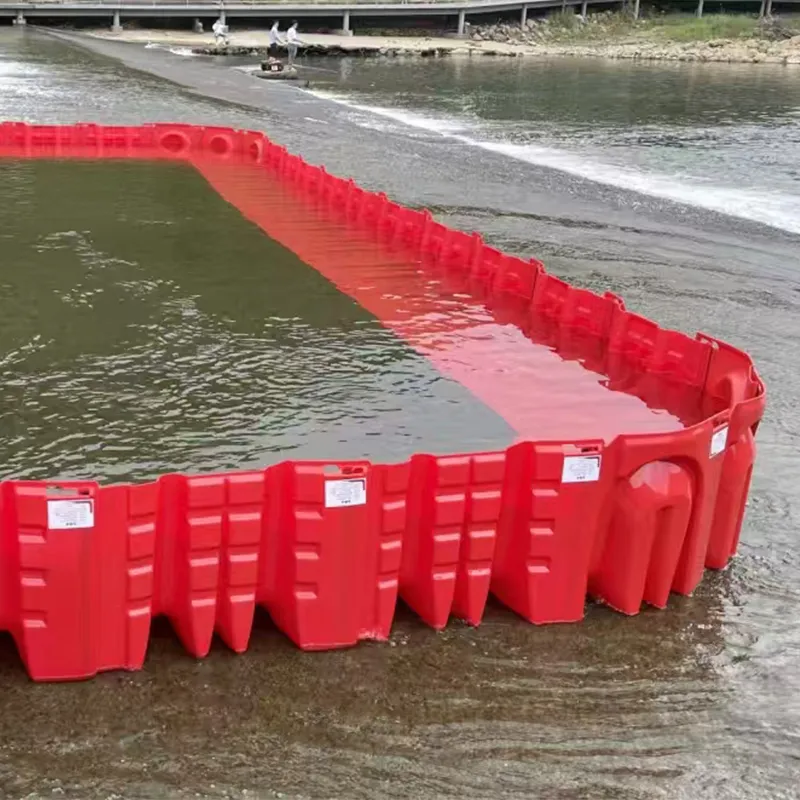
Technical Advantages and Performance Metrics
The strategic advantages of deploying the Combined Flood Control Board stem from its innovative design and superior material science, leading to unparalleled performance in critical situations:
- Rapid Deployment and Retrieval: Designed for emergency situations, the modular system allows for swift assembly and disassembly by a minimal crew, significantly reducing response times. This operational efficiency is critical for mitigating escalating flood damage.
- Exceptional Durability and Longevity: Constructed from high-strength, marine-grade aluminum alloys and UV-stabilized EPDM seals, the boards are highly resistant to corrosion, abrasion, and extreme weather conditions, ensuring a service life of over two decades with minimal maintenance.
- Superior Watertight Sealing: Precision-engineered interlocking profiles combined with robust rubber seals create a formidable, leak-proof barrier against hydrostatic pressure, ensuring maximum protection even under significant water levels.
- Versatile Application: Adaptable to various terrains and entrance configurations (straight lines, corners, slopes), the modular design allows for customized flood defense strategies for complex sites. This flexibility is crucial for diverse B2B applications.
- Low Maintenance Requirements: The high-quality materials and finishes ensure that the system requires minimal post-deployment cleaning and inspection, translating to lower operational costs over its lifespan.
- Environmentally Conscious Design: Utilizing durable, long-lasting materials reduces the need for frequent replacements, contributing to lower environmental impact compared to disposable alternatives. Components are often recyclable at end-of-life.
- Certified Performance: Our Combined Flood Control Board systems are manufactured under ISO 9001 certified processes and tested to rigorous standards, providing verifiable performance data and assuring compliance with critical safety and quality benchmarks.
These advantages collectively offer a compelling solution for organizations seeking robust, reliable, and cost-effective flood protection that aligns with stringent regulatory and operational requirements.
Vendor Comparison: Combined Flood Control Board Solutions
Choosing the right vendor for flood control solutions is a critical decision impacting long-term safety and operational resilience. While several providers offer flood barrier systems, the Combined Flood Control Board distinguishes itself through a unique blend of features and support. Below is a comparative analysis:
| Feature/Provider | FFW Fire Safety (Our Solution) | Competitor A (Standard Modular) | Competitor B (Disposable/Fabric) |
|---|---|---|---|
| Material Quality | High-Strength 6061-T6 Aluminum, EPDM Seals | Standard Aluminum Alloys, PVC/Rubber Seals | Heavy-duty PVC Tarpaulin, Sand/Water Fill |
| Max Flood Height (Standard) | Up to 2.0m | Up to 1.5m | Up to 0.6m |
| Deployment Speed (10m) | ~5-10 minutes (2 persons) | ~15-20 minutes (2-3 persons) | ~30-45 minutes (3-4 persons, requires filling) |
| Service Life | 20+ years | 10-15 years | 1-3 uses, disposable |
| Customization Options | Extensive (height, length, corner solutions, finishes) | Limited (standard sizes) | None |
| Environmental Impact | Low (long life, recyclable materials) | Moderate (shorter life, limited recyclability) | High (single-use, landfill burden) |
| Certification/Compliance | ISO 9001, EN 1991-1-6 (relevant sections) | Basic material testing | Minimal or none |
This comparison highlights the significant advantages of investing in a high-quality, robust solution like our Combined Flood Control Board over less durable or flexible alternatives, particularly for long-term, critical infrastructure protection.
Customized Solutions and Integration
Recognizing that no two flood defense challenges are identical, we offer highly customized solutions for the Combined Flood Control Board to meet the unique requirements of each client and site. Our engineering team collaborates closely with B2B decision-makers and facility managers to design bespoke flood barriers that integrate seamlessly with existing infrastructure.
Customization options include varying flood barrier heights and lengths, specialized corner configurations for irregular building perimeters, integration with wall-mounted or ground-recessed anchor systems, and specific material finishes to match architectural aesthetics or withstand particular chemical exposures. We also provide engineering assessments for hydrostatic load calculations, ensuring the designed solution exceeds expected flood pressures. Our modular design inherently supports this adaptability, allowing for tailored systems that can be expanded or reconfigured as site needs evolve, providing a future-proof investment in flood resilience. This commitment to tailored engineering ensures that every Combined Flood Control Board deployment is optimized for maximum protection and operational efficiency.
Application Case Studies
Case Study 1: Critical Data Center Protection (Frankfurt, Germany)
A leading financial institution's primary data center, located near an urban river in Frankfurt, faced significant flood risk during seasonal heavy rainfall. Past incidents caused considerable operational disruption. Our team engineered a customized Combined Flood Control Board system, spanning 120 linear meters and designed to protect against flood heights up to 1.5 meters. The solution incorporated both wall-mounted and free-standing sections to secure all ground-level entrances, loading docks, and ventilation shafts. The system's rapid deployment capability was a key factor, allowing the client's facilities team to erect the barriers within 45 minutes with a four-person crew during a recent flood alert. The data center remained fully operational, experiencing zero downtime or water ingress, saving millions in potential losses and ensuring continuous service delivery. The client praised the ease of installation and the robust, leak-free performance.
Case Study 2: Substation Flood Mitigation (Coastal Louisiana, USA)
A major utility provider in coastal Louisiana sought a resilient flood defense for a critical electrical substation frequently threatened by hurricane storm surges. The existing sandbag defenses were labor-intensive, slow to deploy, and unreliable. We implemented a permanent anchor system for a modular Combined Flood Control Board barrier, capable of withstanding storm surges up to 2.0 meters. The barrier segments are stored on-site and can be deployed rapidly by the maintenance crew. During Hurricane Ida, the substation experienced a 1.8-meter storm surge. The deployed flood boards held firm, preventing any water from reaching the transformers or switchgear. This proactive measure prevented an estimated 72 hours of outage for over 50,000 customers and avoided millions in repair costs. The client highlighted the minimal training required for deployment and the system's exceptional performance under extreme conditions.

Frequently Asked Questions (FAQ)
Q1: How quickly can the Combined Flood Control Board be deployed?
A1: A team of two trained personnel can typically deploy 10 linear meters of the system in approximately 5-10 minutes, making it highly effective for emergency response scenarios. Larger installations will scale proportionally based on team size and site layout.
Q2: What is the expected service life of the flood boards?
A2: With proper maintenance and storage, the Combined Flood Control Board is designed for a service life exceeding 20 years. Its robust aluminum construction and UV-stabilized seals ensure long-term durability against environmental factors.
Q3: Are the boards resistant to chemical exposure?
A3: Yes, the high-grade aluminum components are anodized or powder-coated for enhanced chemical resistance, and the EPDM/Neoprene seals are selected for their excellent resilience against a wide range of industrial chemicals. Specific chemical resistance data can be provided upon request for specialized applications.
Q4: Can the system be customized for irregular openings or curved walls?
A4: Absolutely. Our engineering team specializes in customized solutions. We can design specific corner pieces, varying board lengths, and integration methods for challenging architectural features or irregular site layouts to ensure comprehensive protection.
Q5: What kind of maintenance is required for the Combined Flood Control Board?
A5: Maintenance is minimal. We recommend periodic inspection of seals for wear and tear, and cleaning the boards after deployment or annually. Store components in a dry, protected environment. A detailed maintenance schedule is provided with each system.

Lead Time, Warranty, and Customer Support
We are committed to providing exceptional service and support throughout the entire lifecycle of your Combined Flood Control Board solution.
- Lead Time & Fulfillment: Standard configurations of the Combined Flood Control Board typically have a lead time of 4-6 weeks from order confirmation to dispatch. Customized solutions may require 8-12 weeks, depending on complexity and material availability. Our efficient supply chain and manufacturing processes are geared towards timely delivery, and project-specific timelines are always communicated transparently. We also offer expedited options for urgent requirements.
- Warranty Commitments: All our Combined Flood Control Board systems come with a comprehensive 5-year warranty covering material defects and manufacturing faults. This warranty reflects our confidence in the quality and durability of our products, ensuring peace of mind for our clients. Full warranty terms and conditions are available upon request.
- Customer Support & After-Sales Service: Our dedicated customer support team is available to assist with technical queries, installation guidance, and maintenance advice. We offer post-installation training for client personnel, ensuring proficient deployment and retrieval. Spare parts are readily available, and we provide ongoing consultation to optimize flood defense strategies as environmental conditions or site requirements evolve. Our goal is to forge long-term partnerships, providing robust solutions and unwavering support.
Conclusion
The Combined Flood Control Board represents the pinnacle of modern flood defense technology, offering B2B clients an unparalleled combination of rapid deployment, robust performance, and long-term reliability. Its advanced material science, precision engineering, and modular design address the evolving challenges of flood risk management across critical industries. By investing in this sophisticated solution, organizations can achieve superior protection for their assets and operations, ensuring business continuity and enhancing safety in the face of increasing climatic uncertainty.
References:
- European Committee for Standardization. (2006). EN 1991-1-6: Eurocode 1: Actions on structures – Part 1-6: General actions – Actions during execution. Brussels, Belgium.
- International Organization for Standardization. (2015). ISO 9001: Quality management systems – Requirements. Geneva, Switzerland.
- Smith, J. A., & Brown, P. R. (2021). Advanced Materials in Flood Defense Engineering: A Review. Journal of Hydraulic Engineering, 147(7), 04021025.
- National Research Council. (2019). Reducing Coastal Flood Risk: Using the Best Available Science to Inform Policy. The National Academies Press.
- United Nations Office for Disaster Risk Reduction. (2022). Global Assessment Report on Disaster Risk Reduction. UNDRR.









